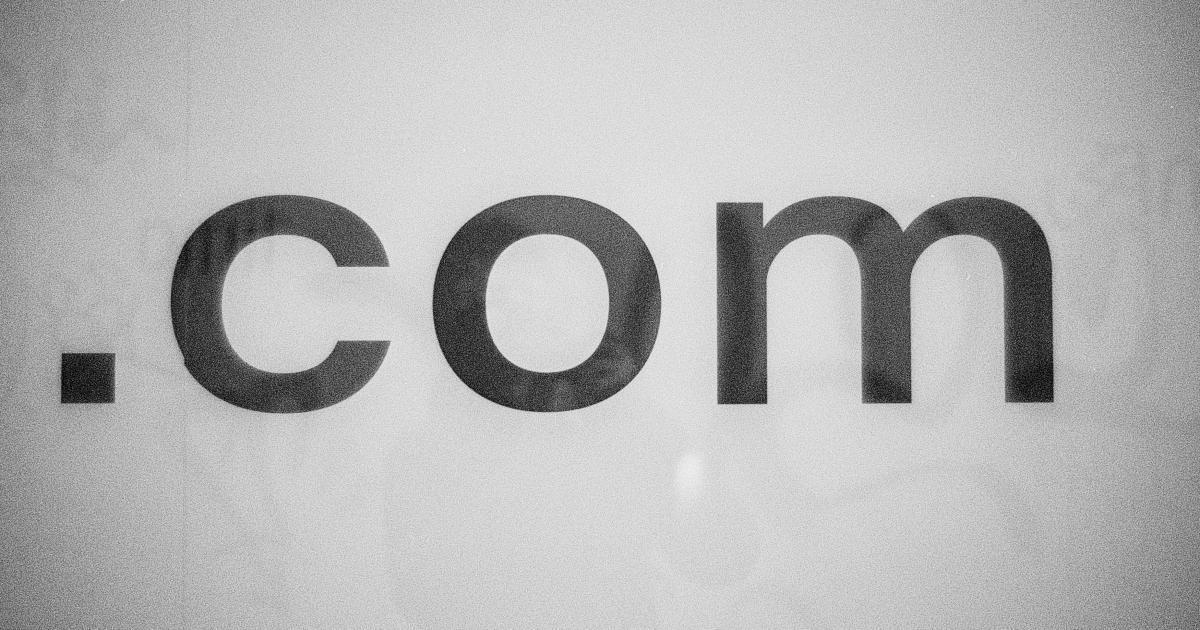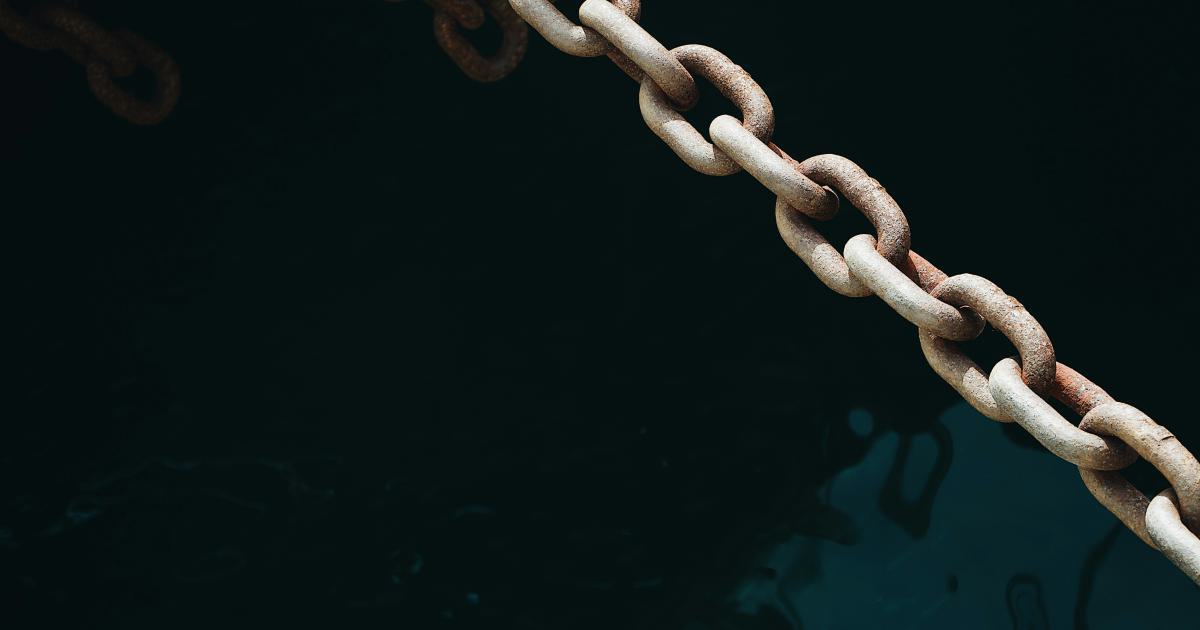Unraveling the Mystery: 62% Crawl Errors Stem from Redirects


Understanding the Significance of Crawl Errors and Redirects
As the digital landscape continues to evolve, website owners and SEO professionals face a growing challenge: crawl errors. These errors, which occur when search engine bots fail to properly access and index web pages, can significantly impact a website's visibility and performance in search engine results. One of the most common culprits behind these crawl errors? Redirects.

A recent study conducted by leading industry experts revealed that a staggering 62% of all crawl errors are directly attributed to issues with redirects. This startling statistic underscores the critical importance of understanding and addressing redirect-related problems, as they can have far-reaching consequences for a website's search engine optimization (SEO) and overall online presence.
In this comprehensive article, we'll delve into the intricacies of crawl errors stemming from redirects, exploring the underlying causes, the impact on SEO, and practical strategies for identifying and resolving these issues. By the end, you'll be equipped with the knowledge and tools necessary to tackle the mystery of redirect-driven crawl errors and optimize your website for improved search engine performance.
The Anatomy of Crawl Errors: Identifying Redirect-Related Issues
Before we dive into the specifics of redirect-driven crawl errors, it's essential to understand the broader context of crawl errors and their significance in the world of SEO.
What Are Crawl Errors?
Crawl errors occur when search engine bots, such as those employed by Google, Bing, or other major search engines, encounter issues while attempting to access and index a website's pages. These errors can manifest in various forms, including:
- 404 Not Found: The page requested by the bot does not exist on the website.
- 5xx Server Errors: The server is unable to fulfill the request, often due to technical issues.
- Soft 404 Errors: A page is returned, but the content does not match the user's expectations.
- Redirect Errors: The bot encounters issues while following a redirect chain.
Crawl errors can have a significant impact on a website's SEO performance, as they can lead to pages being excluded from search engine indexes, reduced visibility in search results, and a poorer user experience for visitors.
The Role of Redirects in Crawl Errors
Redirects are a common practice in web development, used to seamlessly transition users and search engines from one URL to another. While redirects serve a valuable purpose, such as preserving user experience during website migrations or domain changes, they can also be a leading cause of crawl errors if not implemented and managed effectively.
When a search engine bot encounters a redirect, it must follow the chain of redirects to reach the final destination URL. If this process is hampered by issues, such as broken or circular redirects, the bot may encounter errors and be unable to properly index the content.

Recognizing the significant role redirects play in crawl errors is the first step towards addressing this challenge and improving your website's search engine performance.
Identifying Redirect-Related Crawl Errors
To effectively tackle redirect-driven crawl errors, you must first identify the specific issues that are causing problems. There are several common types of redirect-related crawl errors, including:
Chains of Redirects: When a single URL triggers a series of redirects, it can confuse search engine bots and lead to crawl errors.
Circular Redirects: A redirect loop, where a URL redirects back to its original or an intermediate URL, preventing the bot from reaching the final destination.
Broken Redirects: A redirect where the target URL is no longer valid or accessible, leading to a 404 Not Found error.
Redirect Errors: When the redirect itself is not properly configured, such as using the wrong status code or incorrectly formatted URLs.
By understanding these common redirect-related crawl errors, you can begin to diagnose and address the underlying issues affecting your website's search engine visibility.
The Impact of Redirect-Driven Crawl Errors on SEO
Crawl errors, particularly those stemming from redirects, can have a significant impact on a website's search engine optimization (SEO) performance. Let's explore the various ways in which these issues can affect your online presence and visibility.
Reduced Indexation
One of the primary consequences of redirect-driven crawl errors is the potential for pages to be excluded from search engine indexes. If a search engine bot is unable to successfully navigate a redirect chain or encounters other issues, it may simply abandon the page and move on, leaving the content unindexed.

This loss of indexation can be detrimental, as it means your web pages will not appear in search results, reducing your website's visibility and limiting the potential for organic traffic.
Diluted Link Equity
Redirects can also impact the flow of link equity, the value attributed to a page based on the number and quality of incoming links. When a page with established link equity is redirected, the link value may not transfer effectively to the new URL, potentially diluting the overall link profile.
This can be particularly problematic when dealing with legacy URLs or content that has accumulated valuable backlinks over time. Failing to properly manage redirects in these situations can result in a loss of link equity, negatively affecting the search engine ranking potential of the new URL.
Increased Crawl Budget Waste
Search engines allocate a specific "crawl budget" to each website, which represents the resources and time they are willing to dedicate to crawling and indexing a site's content. Redirect-driven crawl errors can lead to a significant waste of this valuable crawl budget, as search engine bots expend time and resources navigating through problematic redirect chains or encountering errors.

This inefficient use of the crawl budget can result in fewer pages being indexed, as the search engine allocates its resources to addressing the redirect-related issues instead of discovering and indexing new content.
Degraded User Experience
Redirect-driven crawl errors can also have a direct impact on the user experience, as visitors may encounter confusing or broken redirects that lead to frustration and a higher bounce rate. A poor user experience can negatively influence search engine rankings, as search engines prioritize websites that provide a seamless and satisfactory experience for their users.
By understanding the far-reaching consequences of redirect-driven crawl errors on SEO, website owners and SEO professionals can develop a deeper appreciation for the importance of proactively addressing these issues.
Diagnosing and Resolving Redirect-Driven Crawl Errors
To effectively tackle the challenge of redirect-driven crawl errors, a systematic approach is required. Let's explore the steps involved in diagnosing and resolving these issues.
Leveraging Google Search Console
One of the most valuable tools for identifying and addressing redirect-related crawl errors is Google Search Console. This free webmaster tool provided by Google offers a wealth of information and insights into your website's performance in search, including the detection and reporting of crawl errors.

Within the Search Console, you can navigate to the "Coverage" report, which will provide a detailed overview of the crawl errors detected on your website, including those related to redirects. This report can serve as a starting point for your investigation and remediation efforts.
Analyzing Redirect Chains and Configurations
Once you've identified the specific redirect-driven crawl errors affecting your website, it's time to delve deeper into the underlying issues. This involves closely examining the redirect chains and configurations to uncover any problems.
Start by tracing the redirect paths, looking for:
- Circular Redirects: Instances where a URL redirects back to its original or an intermediate URL, creating a loop.
- Lengthy Redirect Chains: URLs that trigger a series of successive redirects before reaching the final destination.
- Broken Redirects: Redirects where the target URL is no longer valid or accessible.
You can use tools like Screaming Frog or Sitebulb to crawl your website and generate detailed reports on the redirect configurations and any associated issues.

By thoroughly analyzing the redirect chains and configurations, you can identify the root causes of the crawl errors and develop a plan to address them.
Implementing Effective Redirect Strategies
With the diagnostic information in hand, you can begin to implement strategies to resolve the redirect-driven crawl errors. Here are some best practices to consider:
Optimize Redirect Configurations: Ensure that redirects are properly configured, using the appropriate HTTP status codes (301 for permanent redirects, 302 for temporary redirects) and correctly formatted URLs.
Simplify Redirect Chains: Whenever possible, streamline redirect chains by eliminating unnecessary intermediate steps and redirecting directly to the final destination URL.
Eliminate Circular Redirects: Identify and remove any instances of circular redirect loops, as they can prevent search engine bots from successfully navigating to the desired content.
Regularly Monitor and Update Redirects: Implement a routine process to review and update your website's redirects, addressing any new or emerging issues promptly.
Leverage Redirect Mapping Tools: Utilize tools like Redirect Mapper to map out your website's redirect configurations and identify potential problem areas.

By implementing these strategies, you can effectively address the redirect-driven crawl errors plaguing your website and improve its overall search engine visibility and performance.
Overcoming Challenges and Controversies
While the strategies outlined above can help resolve many redirect-driven crawl errors, there are still some challenges and potential controversies to consider.
Balancing User Experience and SEO
One of the primary challenges in managing redirects is finding the right balance between user experience and SEO considerations. Sometimes, the optimal redirect configuration for search engine bots may not align with the most user-friendly approach.
For example, a website migration may require a complex redirect strategy to preserve legacy URLs and maintain link equity. However, this could result in a less straightforward user experience, with visitors potentially encountering multiple redirects before reaching the final destination.
Navigating this trade-off requires careful analysis and decision-making, prioritizing the needs of both search engines and users.
Dealing with Third-Party Redirects
Another challenge arises when dealing with redirects that are beyond the direct control of the website owner or SEO professional. This can happen when a website integrates with third-party services, platforms, or content management systems that implement their own redirect configurations.
In these situations, the ability to diagnose and resolve the redirect-driven crawl errors may be limited, as the website owner may not have direct access or control over the third-party's redirect implementation.
Addressing these challenges may require collaboration with the third-party provider, negotiating changes to the redirect configurations or exploring alternative solutions that minimize the impact on search engine crawling and indexation.
Evolving Search Engine Algorithms
The landscape of search engine algorithms is constantly evolving, with search engines continuously refining their methods for crawling, indexing, and ranking websites. As these algorithms change, the impact of redirect-driven crawl errors may also shift, requiring ongoing monitoring and adaptation of strategies.
For example, search engines may introduce new ways of handling redirect chains or may become more lenient or stringent in their treatment of certain redirect configurations. Staying informed about these algorithmic changes and adjusting your approach accordingly is crucial for maintaining optimal search engine performance.
By acknowledging these challenges and controversies, website owners and SEO professionals can develop a more comprehensive understanding of the complexities involved in managing redirect-driven crawl errors.
Practical Applications and Real-World Implications
The insights gained from addressing redirect-driven crawl errors can have far-reaching implications for various real-world scenarios. Let's explore some practical applications and how they can benefit businesses and website owners.
Website Migrations and Domain Changes
One of the most common scenarios where redirect-driven crawl errors come into play is during website migrations or domain changes. When a website undergoes a significant structural or URL-level change, it is crucial to implement a well-planned redirect strategy to ensure a seamless transition for both users and search engines.
By proactively identifying and resolving any redirect-related issues, website owners can minimize the risk of lost indexation, diluted link equity, and disruptions to their online presence. This can be particularly beneficial for businesses undergoing rebranding, changing content management systems, or consolidating multiple websites into a single platform.

Ecommerce and Multi-Site Management
In the ecommerce and multi-site management contexts, redirect-driven crawl errors can become even more complex. Scenarios such as product URL changes, category restructuring, or the integration of multiple online stores can introduce a web of redirects that can easily confuse search engine bots.
By taking a strategic approach to managing redirects, ecommerce businesses and organizations with multiple websites can ensure that their content remains easily discoverable and indexed by search engines. This can lead to improved organic traffic, increased sales, and better overall website performance.
Content Optimization and Repurposing
Another practical application of understanding redirect-driven crawl errors is in the context of content optimization and repurposing. As websites evolve and content is updated or reorganized, the need for redirects can arise.
By proactively addressing any redirect-related issues, content creators and website managers can ensure that their valuable content remains accessible and continues to contribute to the overall SEO performance of the website. This can be particularly beneficial when repurposing or consolidating content, ensuring that any legacy URLs are properly redirected to the new, optimized versions.

Across these real-world scenarios, the ability to identify and resolve redirect-driven crawl errors can have a tangible impact on a website's search engine visibility, user experience, and ultimately, its overall business success.
Conclusion: The Way Forward
In the ever-evolving landscape of search engine optimization, the challenge posed by redirect-driven crawl errors cannot be overstated. As this comprehensive article has revealed, these issues can have a significant impact on a website's indexation, link equity, and user experience – all of which are critical factors in determining its search engine performance.
By understanding the anatomy of crawl errors, the role of redirects, and the various strategies for diagnosing and resolving these problems, website owners and SEO professionals can take proactive steps to optimize their online presence and enhance their search engine visibility.
As we move forward, the importance of staying abreast of the latest developments in search engine algorithms and best practices for redirect management will only continue to grow. By embracing a data-driven, iterative approach to addressing redirect-driven crawl errors, website owners can position their online assets for long-term success in the highly competitive digital landscape.
Remember, the road to SEO excellence is paved with attention to detail and a commitment to continuous improvement. By unraveling the mystery of redirect-driven crawl errors, you can unlock new opportunities for your website to thrive and reach its full potential in the search engine results pages.
Further Reading
For those interested in delving deeper into the topic of redirect-driven crawl errors and website optimization, here are some additional resources:
- Google's Guide to Fixing Crawl Errors
- Moz's Guide to Redirect Chains and Circular Redirects
- Search Engine Journal's Article on Redirect Strategies for SEO
- Ahrefs' Blog Post on Identifying and Fixing Redirect Issues
- Semrush's Guide to Optimizing Redirects for SEO
Are You Crushing It in Internet Marketing?
Struggling to boost your online visibility and traffic? Semrush is the ultimate platform for digital marketers like you. With powerful SEO tools and competitive data insights, you can optimize your website, content, and campaigns for maximum impact.
Join over 7 million marketers already using Semrush to outrank their competitors, drive more qualified leads, and grow their businesses online. Get started today with a 7-day free trial, and unlock the full potential of your internet marketing strategy.
Unlock the Power of SEO with Semrush
Are you struggling to boost your online visibility and drive more traffic to your website? Semrush has the solution.
Our comprehensive platform offers advanced keyword research, competitor analysis, and SEO audits, empowering you to optimize your content and outrank your competition.